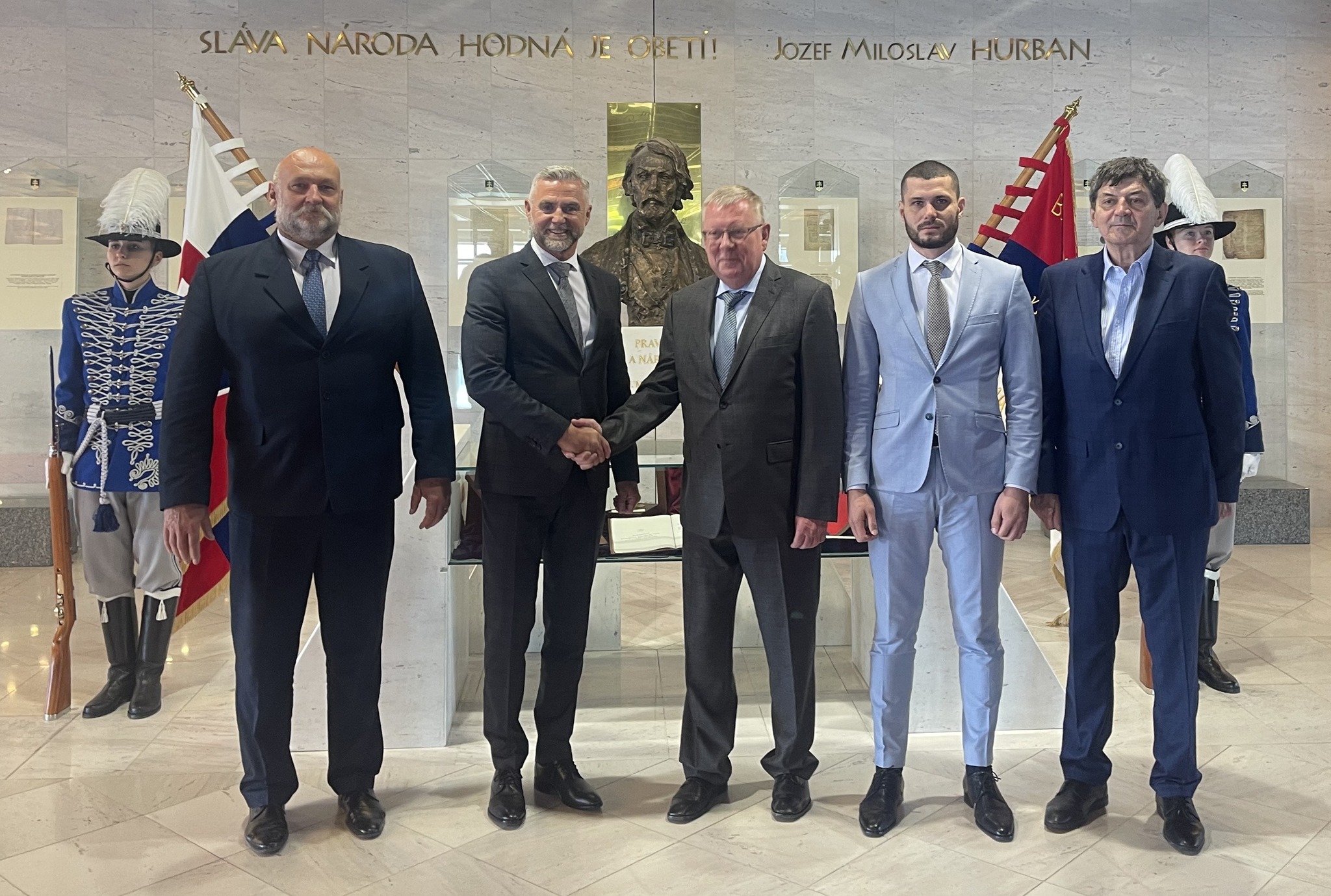Since his meeting with Vladimir Putin on 23 December, Slovak Prime Minister Robert Fico has not made a public appearance in Slovakia, raising questions about his location and the circumstances surrounding his visit to Moscow. Fico has communicated only through Facebook, releasing statements and videos filmed in unfamiliar settings that do not confirm his presence in Slovakia. The absence of government aircraft or officials during his trip, and his solo appearance with Putin, has led to scrutiny regarding the nature of the visit. In his latest video, Fico intensified attacks on Slovak media, accusing outlets like Denník Sme of being financially influenced by George Soros and framing critical reporting as anti-Slovak. He also threatened to cut state support for Ukrainian refugees in Slovakia and halt electricity exports to Ukraine, measures seen as retaliation against President Volodymyr Zelensky’s decision to stop Russian gas transit. Observers note that Fico’s rhetoric aligns with Russian propaganda efforts, with little clear domestic political or economic benefit.
Since his meeting with Vladimir Putin in Moscow on 23 December, Slovak Prime Minister Robert Fico has not made a verifiable public appearance in Slovakia, raising questions about his location. He has communicated exclusively through Facebook, releasing one written statement and three video addresses, none of which geolocate him to Slovakia. The locations of these videos are unfamiliar, deviating from Fico’s usual official or private settings. His recent statements lack the presence of recognisable Slovak government backdrops, further deepening speculation about his whereabouts.
Compounding this uncertainty, the method by which Fico travelled to Moscow remains unknown. Slovak government aircraft were not used, and there is no record of other officials or delegation members accompanying him. Footage of the meeting shows Fico alone with Putin—an unusual arrangement for state visits, where entourages and diplomatic staff are typically present.
Fico’s absence from public life in Slovakia, along with his government’s lack of clarification regarding his movements, has drawn increasing scrutiny. His reliance on prepared statements, differing from his usual improvisational style, has led to further speculation regarding his location.
Amid this backdrop, in his most recent video published on 2 January 2025, Fico escalated his rhetoric by accusing Slovak media of being financially influenced by George Soros, claiming that half of the salaries at Denník Sme are covered by Soros, whom he described as a co-owner of the outlet. Fico framed critical reporting on his government’s handling of the gas transit issue as part of an anti-Slovak, opposition-driven narrative. He also threatened retaliatory measures against Ukrainian refugees living in Slovakia, suggesting a reduction in state support and cutting electricity exports to Ukraine as a response to President Volodymyr Zelensky’s decision to halt Russian gas transit.
Robert Fico’s post-Moscow silence and alignment with Kremlin narratives signal a dangerous drift of Slovakia into Moscow’s orbit, posing a direct challenge to NATO’s cohesion and European stability. His rhetoric mirrors classic Russian hybrid tactics—sowing division, undermining EU unity, and exploiting economic vulnerabilities to fracture collective resolve. When a leader of an EU state echoes Russian disinformation while isolating himself from domestic scrutiny, the warning lights should flash red across the Alliance. Fico’s actions aren’t just reckless—they lay the groundwork for Slovakia to become a Trojan horse within NATO, serving Moscow’s interests under the guise of economic pragmatism.








